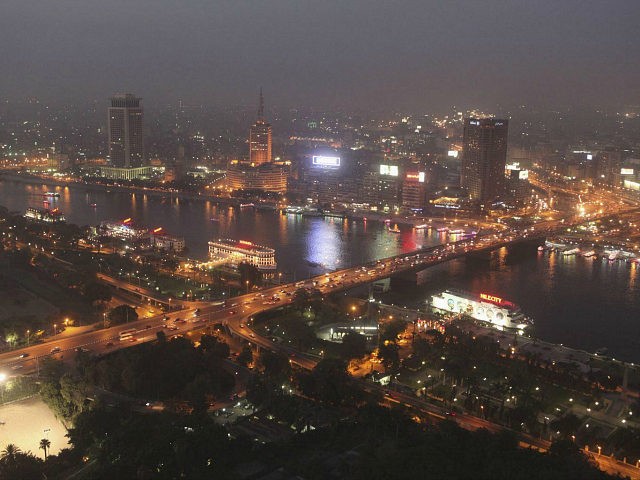The Egyptians are looking to replace Cairo as their capital city, and they’re considering a $20 billion offer from China to build it.
“The China Fortune Land Development Company (CFLD) agreed to provide $20 billion for the currently unnamed city, after a meeting between heads of the firm and Egyptian President Abdel Fattah El Sisi,” CNN reported on Monday. “This follows a previous commitment of $15 billion from another Chinese state-owned company, bringing the project close to its $45 billion budget requirements for phase I.”
The new capital is meant to alleviate “crowding, pollution, and rising house prices in Cairo,” as well as helping to “build national spirit, foster consensus, and provide long-term sustainable growth,” according to the Egyptian government.
The new capital city will be about 700 square kilometers in size, with a population of five million, located somewhere to the east of Cairo. (USA Today more specifically states it will be 28 miles southeast of the existing city.)
A name has not yet been chosen for the new city, although Egyptian-born U.C.-Berkeley professor Nezar al-Sayyad’s suggestion to call it “Sisi-land” after President Abdel Fattah al-Sisi was not taken well. On a visit to Cairo last year, al-Sayyad found himself explaining his satirical jab at the Sisi government’s “top-down thinking” to some un-amused security officers.
Critics seem accordingly nervous about labeling the new capital city a boondoggle, or a feat of bureaucratic vanity, or a cruel diversion of much-needed resources away from crumbling Cairo, and they’re especially reluctant to discuss the political advantage of moving the seat of government away from the protest-ready throngs of Cairo poor. Some in the government are not comforted by the sight of Tahrir Square, site of the “Arab Spring” uprising, looming outside their office windows.
Roads and bridges are under construction now, with Phase I of the project, and the first permanent residents of the new city, scheduled for completion within five years.
Unfortunately for Egyptian planners, the population of Cairo doesn’t seem interested in relocating (or, more poignantly, can’t afford to relocate even if they want to.)
Cairo University poli-sci professor Zeyad Elkelani told USA Today that government employment is often inter-generational in Egypt, with government workers passing conveniently-located Cairo apartments down through the generations — a tradition it sounds like the Egyptian government wants to begin gently discouraging, as it currently has about 7 million public workers on its payroll.
“The new capital is an important step to make room for the private sector. The bureaucracy has been choking business in Egypt and the residents of Cairo,” Elkelani said bluntly, expressing hope for a “welcome attrition in government employment.”
Projects to create suburbs and satellite cities around the current Egyptian capital have produced largely unoccupied “ghost towns.” The high-tech modernist style of these constructions is said to be unappealing to much of the Egyptian populace, which is bad news for the new Chinese-engineered capital city, whose mock-ups resemble the futuristic dome city from “Logan’s Run.”
To overcome such resistance, the Egyptian government is already announcing plans to shut down at least one major government building in Cairo, workplace for some 30,000 public employees, and convert it into a hotel by July 2017.
In addition to the massive Chinese investment, companies from other countries, such as India and Saudi Arabia, have expressed interest in building projects. (The Saudi project is described as a “12.6 hectare mosque and Islamic museum” by CNN.) USA Today adds that the Chinese are interested in building a university for the new city.

COMMENTS
Please let us know if you're having issues with commenting.